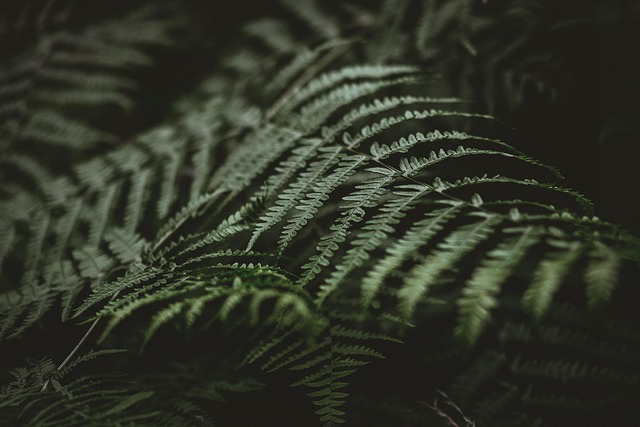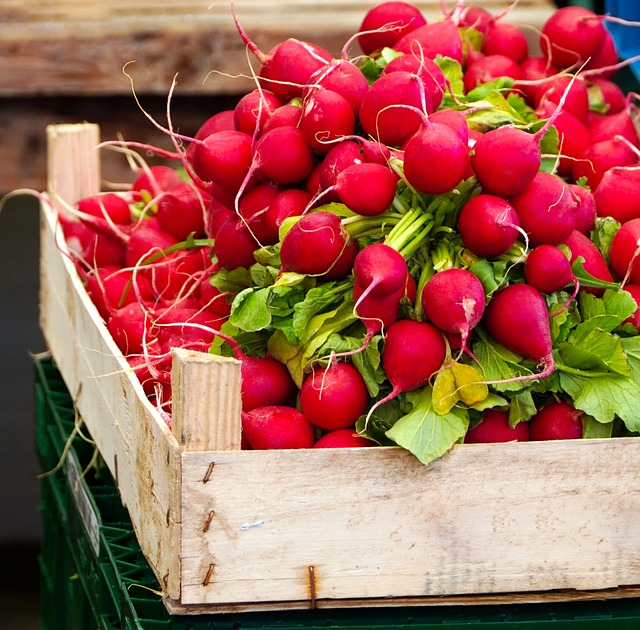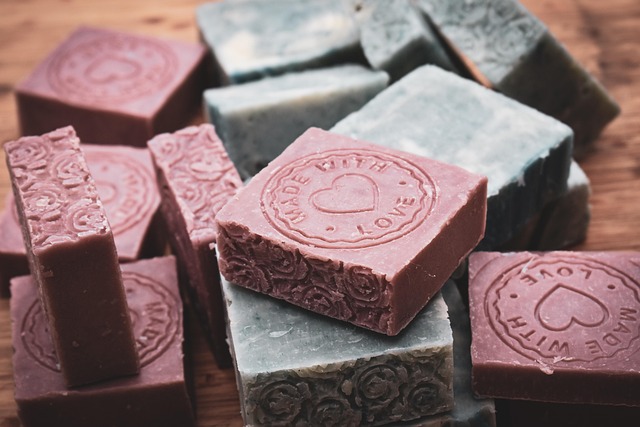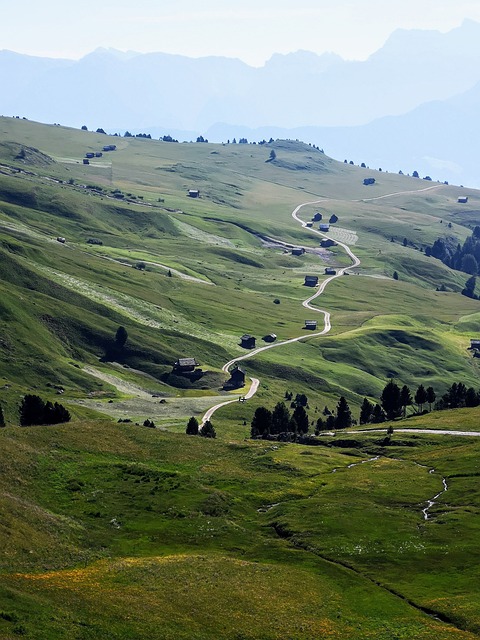Lawn Care and Landscaping transform outdoor spaces through a combination of techniques. Effective mowing, watering, weeding, and fertilizing promote lush grass growth and reduce weeds. Strategic landscaping with pathways and garden beds enhances structure and lowers maintenance. Selecting climate-appropriate grasses and native plants contributes to sustainability and biodiversity, while professional advice ensures optimal results for your unique outdoor environment.
Revolutionize your outdoor space with our comprehensive guide to design and build. From nurturing your lawn through fundamental care practices to transforming empty plots into functional, aesthetic oases, this article is your go-to resource. We explore the core principles of landscaping design, emphasizing balance, contrast, and unity, while guiding you through selecting plants suited to your climate and incorporating hardscapes like patios and retaining walls. Learn about effective site preparation, construction materials, and building features that enhance both safety and ambiance. Master lawn care and landscaping for a truly remarkable outdoor oasis.
- Lawn Care Fundamentals: Nurturing Your Outdoor Oasis
- – The importance of regular lawn care
- – Choosing the right grasses and plant species
Lawn Care Fundamentals: Nurturing Your Outdoor Oasis
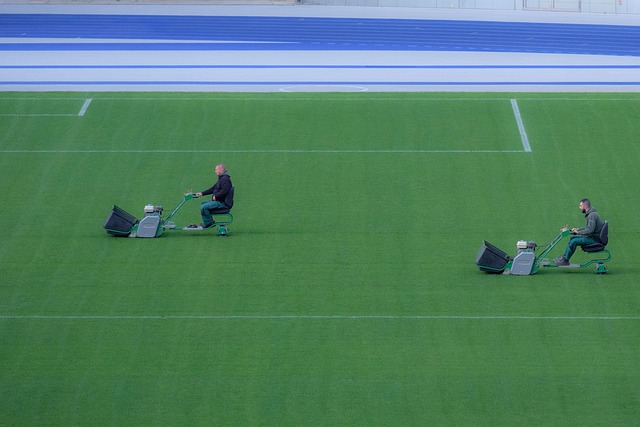
Maintaining a lush and vibrant outdoor space is an art, and at its heart lies effective lawn care and landscaping practices. The foundation of any beautiful yard starts with understanding the basics of lawn health and growth. Firstly, proper watering is key; most grasses require consistent moisture to thrive, so establishing a regular watering schedule ensures your lawn stays healthy and green. Secondly, mowing is not just about aesthetics—it’s essential for grass health. Cutting too short can stress the plant, while maintaining a suitable height encourages stronger roots.
Incorporating landscaping design elements further enhances outdoor spaces. Creating defined areas with pathways, patios, or garden beds adds structure and visual interest. Choosing native plants and shrubs not only supports local ecosystems but also reduces maintenance as they are adapted to the region’s climate. Regular weeding and fertilizing are additional lawn care fundamentals, ensuring your outdoor oasis remains a vibrant and inviting space for years to come.
– The importance of regular lawn care
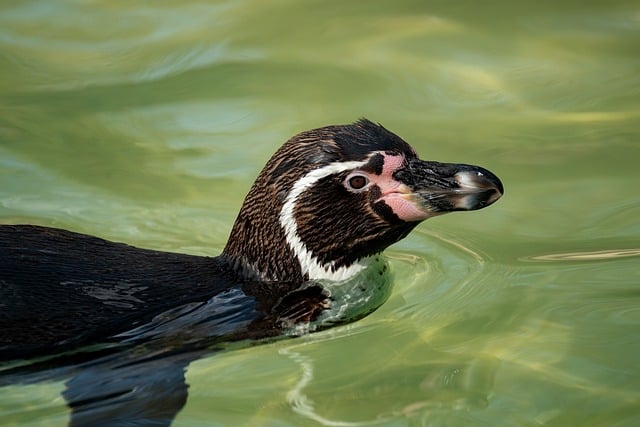
Regular lawn care is a cornerstone of any successful outdoor space design and build project. It’s not just about aesthetics; proper lawn maintenance enhances the overall health and longevity of your grass, creating a lush and inviting environment. Regular mowing, for instance, promotes dense growth, discourages weeds, and ensures your lawn stays visually appealing. Lawn care also includes watering strategies that cater to the specific needs of different grass types, fostering deep root systems that make them more resistant to drought and disease.
In addition to mowing and watering, landscaping practices like fertilizing and aerating play a vital role in lawn care. Fertilization provides essential nutrients crucial for robust growth, while aeration helps alleviate soil compaction, allowing roots to breathe and access necessary moisture and nutrients. Combining these lawn care practices with strategic landscaping ensures your outdoor space not only looks breathtaking but also remains healthy and vibrant year-round, serving as the perfect backdrop for relaxation and enjoyment.
– Choosing the right grasses and plant species
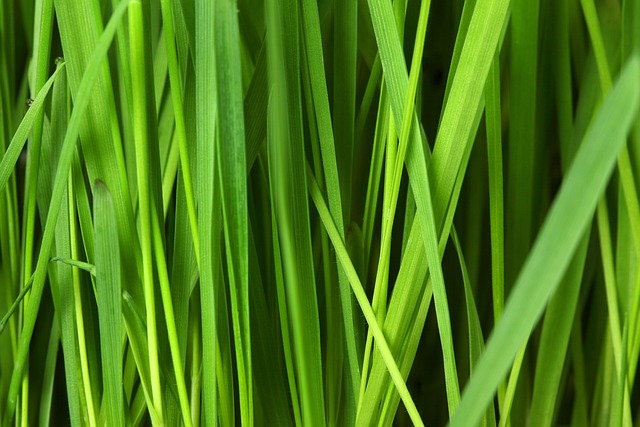
When designing and building outdoor spaces, selecting the right grasses and plant species is a critical step in achieving a lush and sustainable landscape. The choice should consider your region’s climate and soil conditions to ensure optimal growth. For instance, cool-season grasses like Kentucky bluegrass or perennial ryegrass are suitable for temperate climates, offering a vibrant green lawn year-round. In warmer regions, warm-season grasses such as Bermuda grass or Zoysia are more resilient and provide a dense, low-maintenance turf.
Incorporating native plant species is another trend in modern landscaping. These plants require less water and maintenance, making them ideal for eco-conscious homeowners. Native flowers, shrubs, and trees not only attract local wildlife but also adapt to the region’s specific environmental conditions, contributing to a healthier ecosystem. Lawn care professionals can offer guidance on which grasses and plants thrive best in your area, ensuring a beautiful outdoor space that requires minimal upkeep while enhancing overall biodiversity.
Transforming your outdoor space into a lush, vibrant oasis is achievable through proper lawn care and thoughtful landscaping. By understanding the fundamentals of lawn maintenance, such as regular care and grass selection, you can create a beautiful, sustainable yard that becomes the envy of the neighborhood. Embrace the art of nurturing nature, and let your outdoor space flourish with ease.


